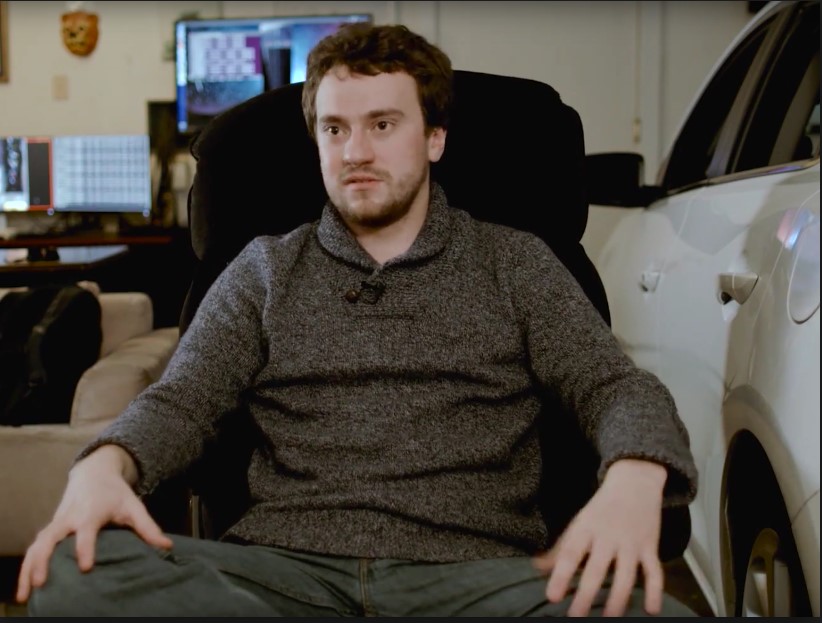Elon Musk responds to Bloomberg’s story on self-driving tech, calling it ‘inaccurate’
 |
| Wunderboy George Hotz usurps Tesla and Google? |
On December 16th, Bloomberg published a story about 26-year-old George Hotz, a hacker who built a self-driving car in his garage in just about a month's time.
One of the bigger aspects of the story was the relationship between Hotz and Tesla Motors CEO Elon Musk.
According to Bloomberg's story, Musk told Hotz that if he built a better system than MobilEye, which builds driver-assistance technologies and provides an important "vision chip" for Tesla's cars to navigate by themselves, he would be rewarded with a "multimillion-dollar bonus … that pays out as soon as we discontinue MobilEye," Musk reportedly said in an email.
On Thursday morning, however, Musk tweeted that the Bloomberg story was inaccurate and posted a link to a new Tesla blog post, which serves as a response to the overall Bloomberg story.
Regarding Hotz and the self-driving technologies he developed, Tesla said, "We think it is extremely unlikely that a single person or even a small company that lacks extensive engineering validation capability will be able to produce an autonomous driving system that can be deployed to production vehicles."
"It may work as a limited demo on a known stretch of road — Tesla had such a system two years ago — but then requires enormous resources to debug over millions of miles of widely differing roads," the company said in the blog post.
Tesla explains that there's a vast gulf between a machine-learning system that's 99% accurate and one that's 99.9999% accurate, especially since small mistakes can become "highly problematic" when driving at speeds of up to 70 mph.
But the main point Tesla highlights in its rebuttal is that "Tesla's autopilot system was designed and developed in house."
"Were this simply a matter of repackaging a vendor's technology, as claimed in the article, we would not be unique in offering this groundbreaking experience in production vehicles," Tesla continued.
Tesla did say in the post that it used MobilEye's vision chip in its vehicles because "their part is the best in the world at what it does and that is why we use it." But the company maintains that the overall Autopilot system, which can help Tesla cars avoid road obstacles and switch lanes on highways, is a multifaceted system complete with "radar, ultrasonics, GPS/nav, cameras and real-time connectivity to Tesla servers for fleet learning."
You can read the original Bloomberg story here, and Tesla's rebuttal here. Story by Business insider
